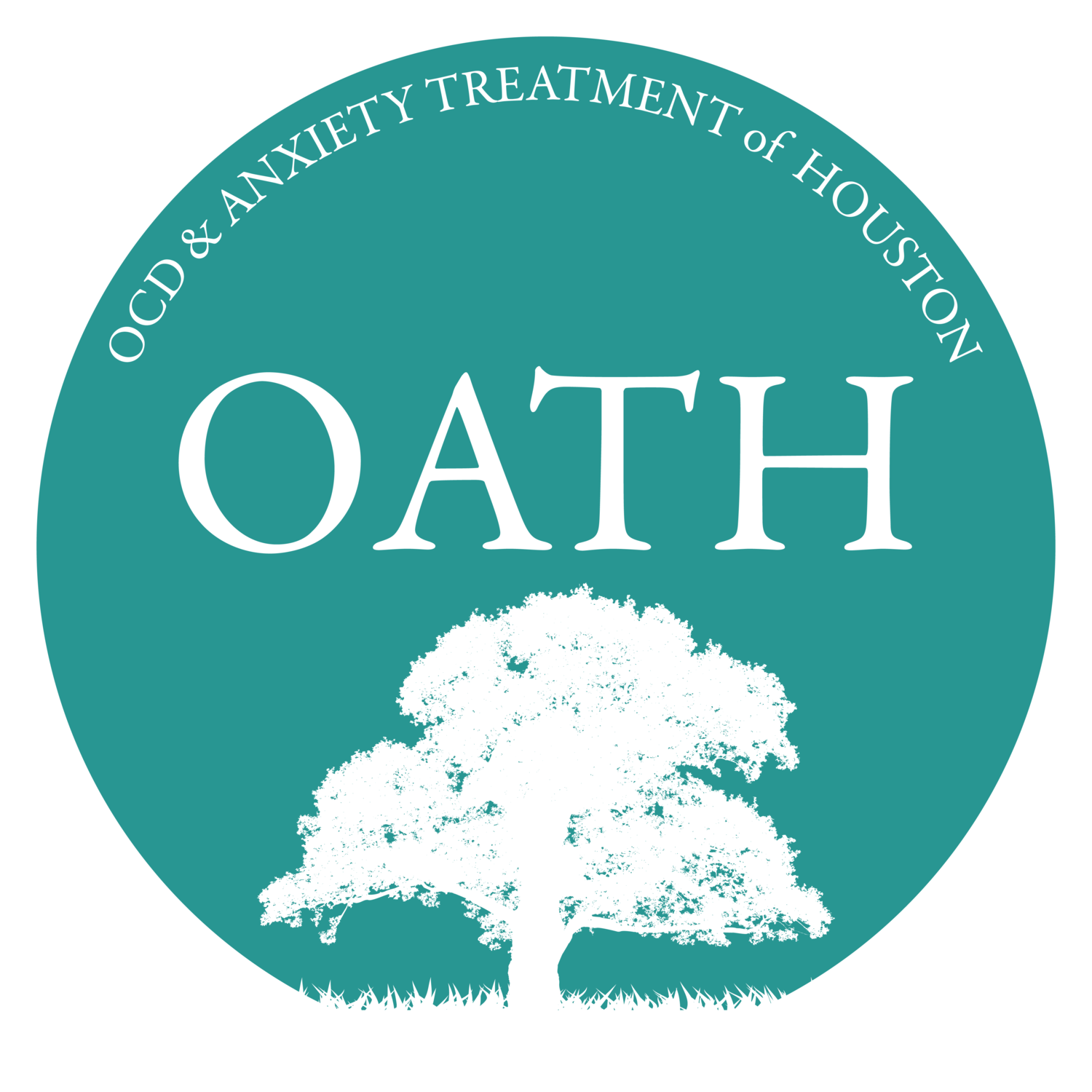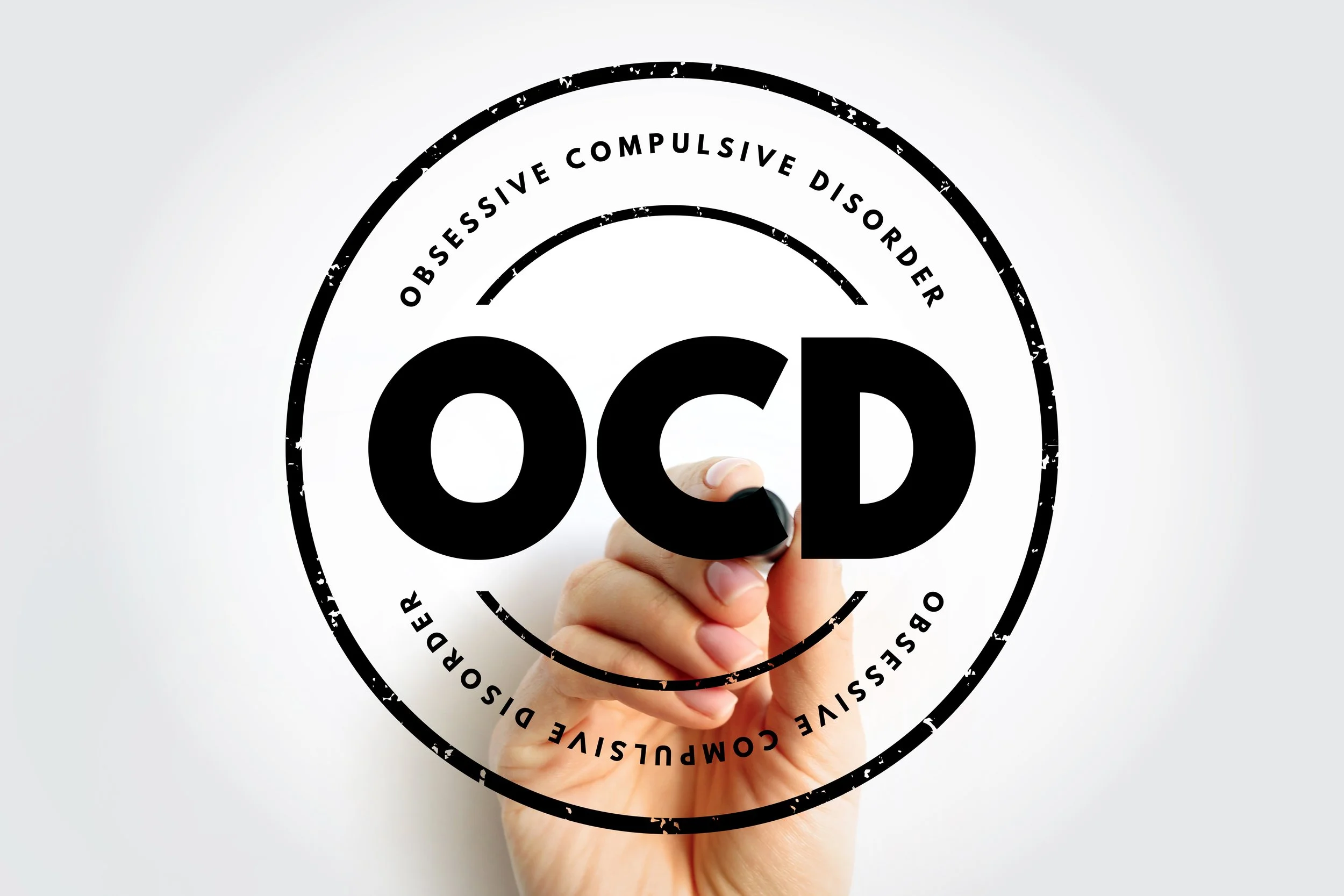“But This One Feels Different”: Understanding OCD Subtypes and the Cycle Beneath Them
We often hear this phrase from clients struggling with OCD: “But this one feels different.”
Whether the intrusive thought is about harm, relationships, sexuality, religion, morality, or contamination, OCD has a powerful way of convincing individuals that their worry is the exception. That this time, the thought must be true. That this version of OCD is too serious to ignore.
Here’s what those thoughts can sound like:
💭 “What if I hurt someone without realizing it?”
💭 “What if I don’t really love my partner?”
💭 “What if I offended God and didn’t notice?”
💭 “What if I’m secretly a bad person?”
These thoughts feel deeply personal, and the emotional pain that follows is very real. But despite the wide variety of themes and fears, there’s a predictable pattern at work underneath them all.
OCD Subtypes: Many Themes, One Cycle]
OCD can show up in countless ways, what clinicians often refer to as “subtypes.” Some of the most common include:
- Harm OCD: Fear of accidentally or intentionally harming someone
- Contamination OCD: Fears related to germs, illness, or feeling “unclean”
- Just Right OCD: A need for things to feel, look, or sound “just right” to relieve internal tension or discomfort
- Sexual Orientation OCD / POCD: Distressing, unwanted thoughts about identity or attraction
- Religious Scrupulosity OCD: Fear of offending one’s faith, sinning, or blasphemy
- Moral Scrupulosity OCD: Overwhelming guilt about perceived wrongdoing or being a “bad person”
Although the content of these obsessions varies, the cycle underneath is the same:
- An intrusive, unwanted experience (thought, image and/or feeling)
- A surge of anxiety, guilt, or uncertainty
- Attempts to neutralize, avoid, or “figure it out”, this might look like reassurance seeking, mental reviewing, checking behaviors, or avoiding triggers
These compulsions provide temporary relief, but they actually reinforce the obsessions long-term, keeping the cycle alive.
“This One Is Different” Is an OCD Trick
One of OCD’s most deceptive tactics is convincing you that this time the thought is too dangerous to ignore. That your worry isn’t “just OCD.” That you need to be sure. That you can’t risk it.
But this is a trap.
That deep urge to “figure it out” is what OCD feeds on...no matter the theme.
What Actually Works: ERP and Acceptance-Based Treatment
At OATH Therapy, we use Exposure and Response Prevention (ERP) and Acceptance and Commitment Therapy (ACT) to help clients:
✔ Acknowledge and make room for unwanted thoughts
✔ Practice tolerating uncertainty and discomfort
✔ Refrain from compulsions and avoidance
✔ Reconnect with their values and daily life
This approach is backed by decades of clinical research. ERP is the gold-standard treatment for OCD, and it works across subtypes, because it targets the underlying process, not just the theme.
The Content May Change—The Process Is the Same
You are not alone, and you are not the exception. OCD can make it feel that way, but recovery is possible. Whether your thoughts focus on harm, relationships, faith, or identity, you don’t have to keep living in fear or doubt.
At OATH Therapy, we specialize in helping clients with OCD navigate this journey with support, evidence-based tools, and compassion.
Ready to break the cycle?
📍 Office located in NW Houston
📍 Concierge in-home ERP for those needing a more immersive level of care across greater Houston
📍 Virtual care offered across Texas.

